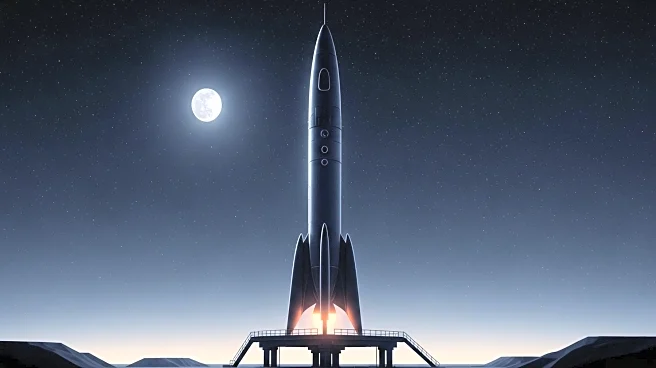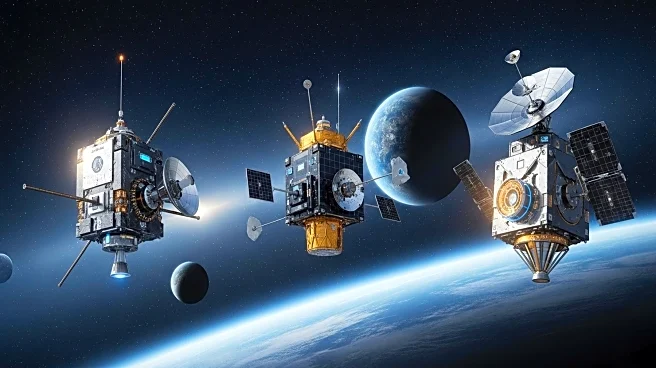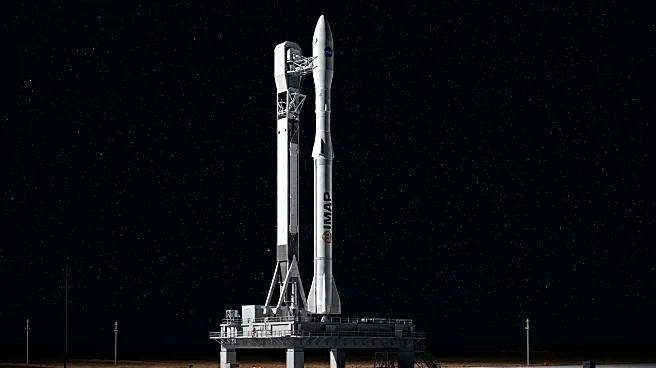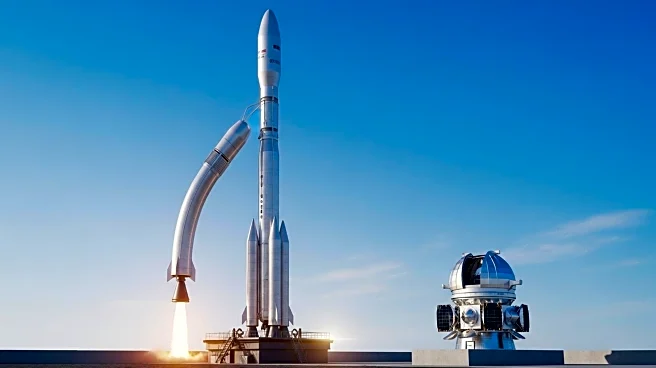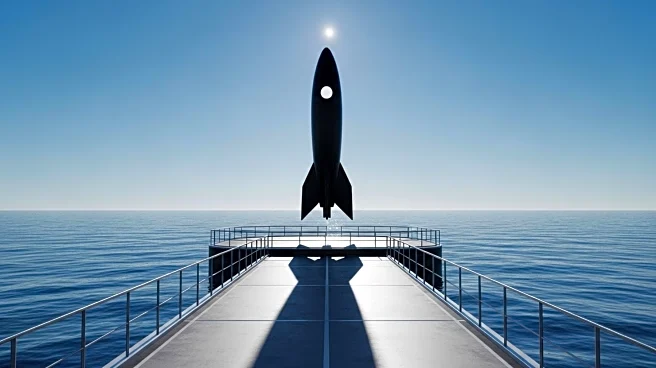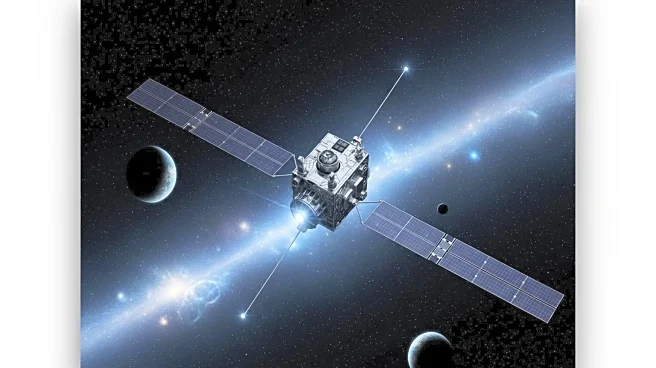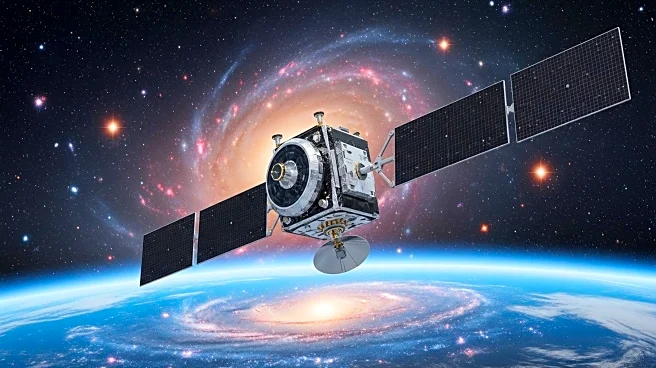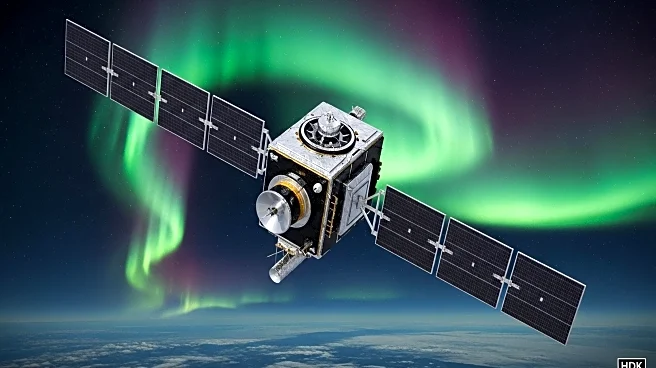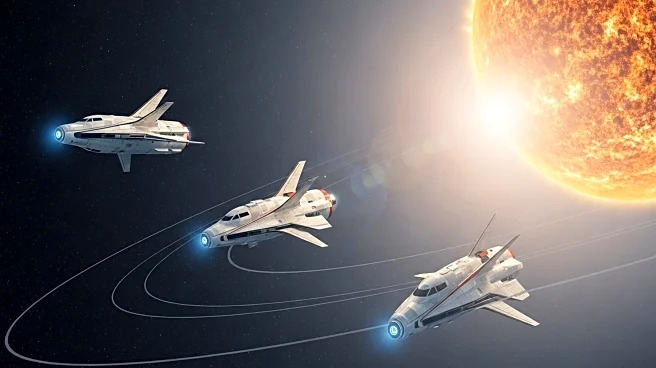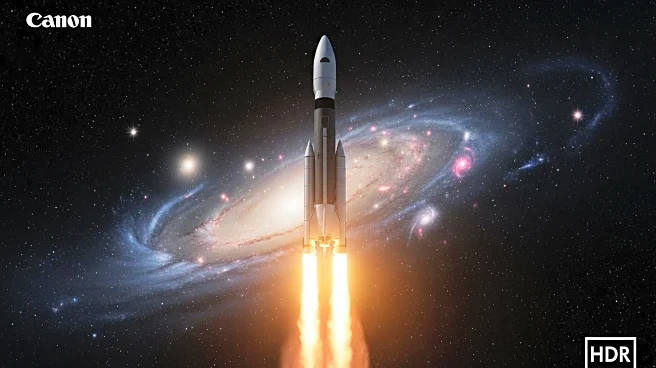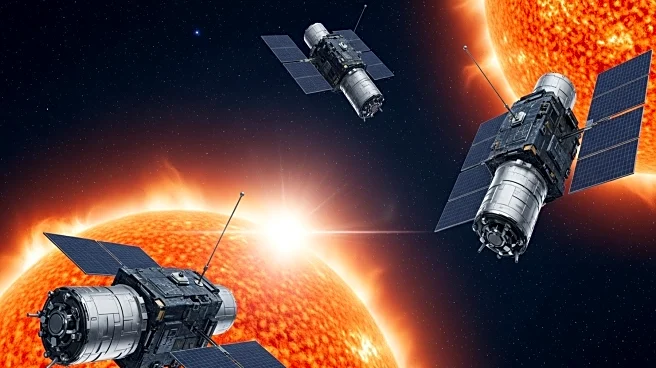What is the story about?
What's Happening?
The SpaceX Falcon 9 rocket's first stage has successfully landed on the company's drone ship, 'Just Read the Instructions,' stationed in the Atlantic Ocean off the coast of Florida. This marks another achievement for SpaceX in its series of successful landings. Meanwhile, the second stage engine of the Falcon 9 has cut off, and the Interstellar Mapping and Acceleration Probe (IMAP) observatory is scheduled to separate from the rocket shortly before 9 a.m. The IMAP mission aims to study the boundary of the heliosphere, the magnetic bubble surrounding our solar system, and is set to reach its destination at a Lagrange Point called L1, about a million miles from Earth.
Why It's Important?
The successful landing of the Falcon 9's first stage is a significant milestone for SpaceX, reinforcing its capability in reusable rocket technology, which is crucial for reducing the cost of space exploration. The IMAP mission itself is vital for understanding the heliosphere's role in shielding Earth from cosmic radiation, which has implications for both space travel and our understanding of the solar system's interaction with interstellar space. This mission could provide insights that benefit scientific research and future space missions, potentially impacting industries related to space exploration and technology.
What's Next?
Following the successful landing and separation, the IMAP observatory will continue its journey to its designated orbit. Updates on the mission's progress will be posted on the IMAP blog. The data collected by IMAP will be analyzed to enhance our understanding of the heliosphere, which could influence future space missions and scientific research. SpaceX will likely continue to refine its reusable rocket technology, aiming for more efficient and cost-effective space travel.
AI Generated Content
Do you find this article useful?
